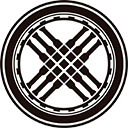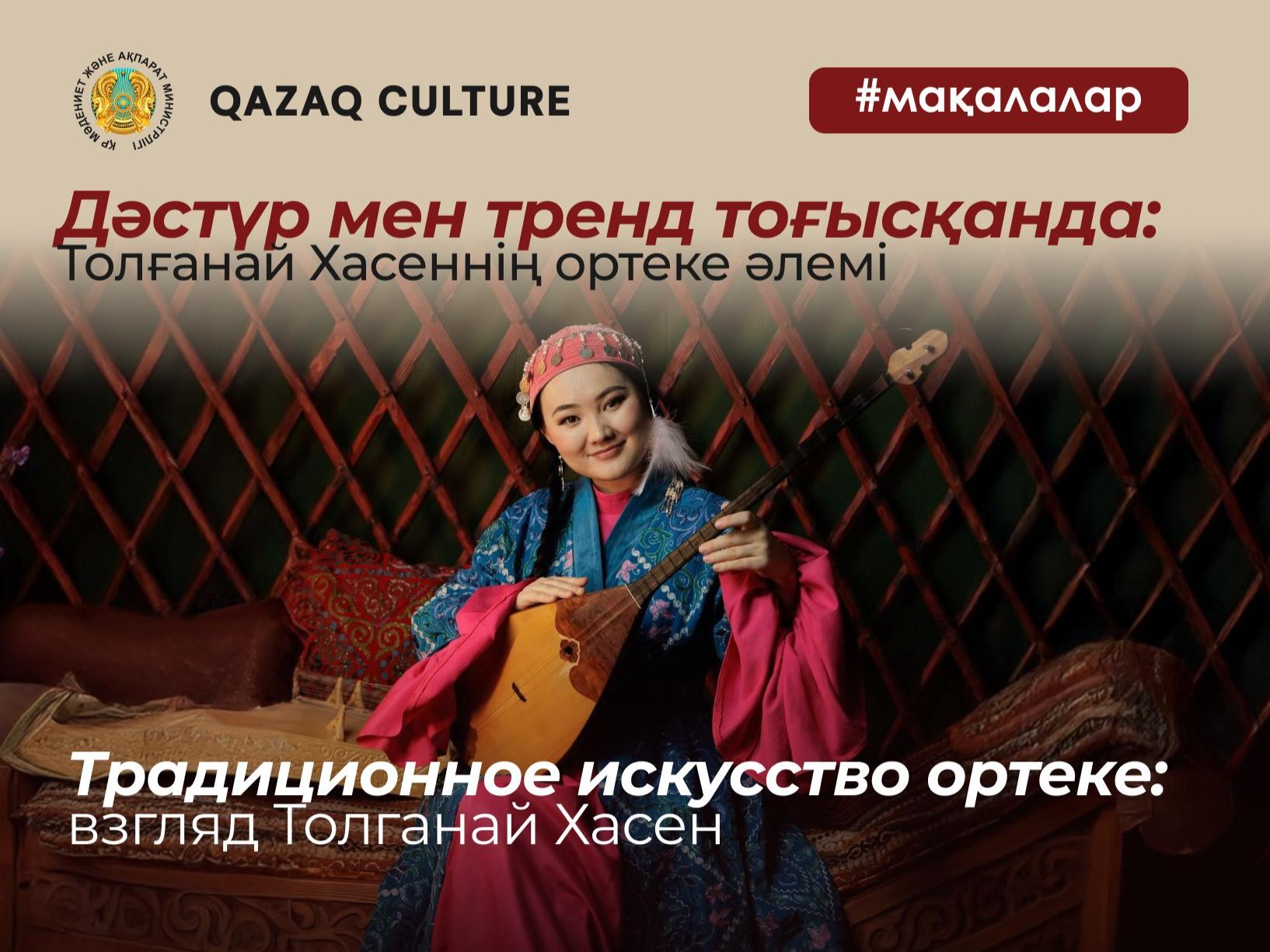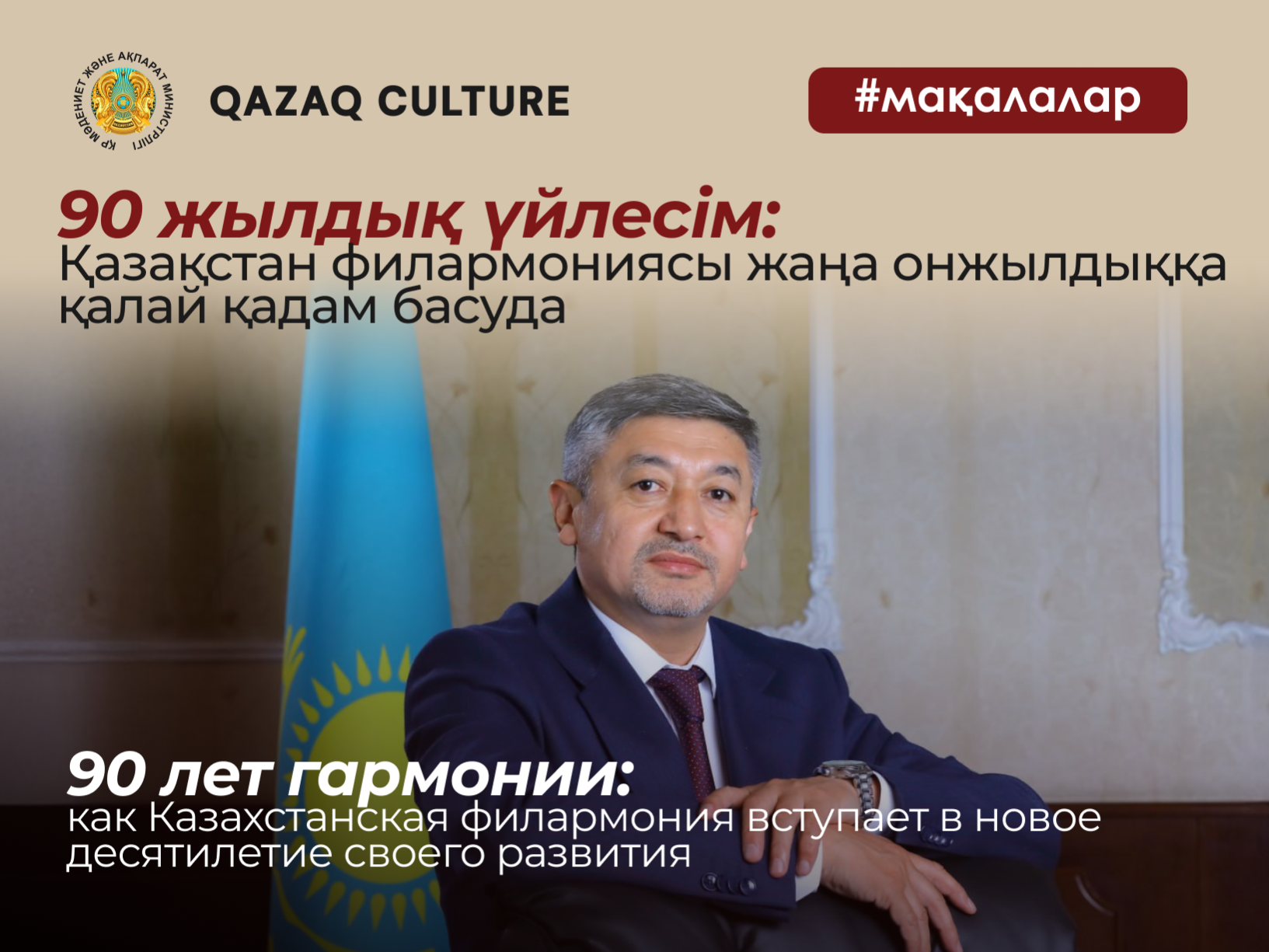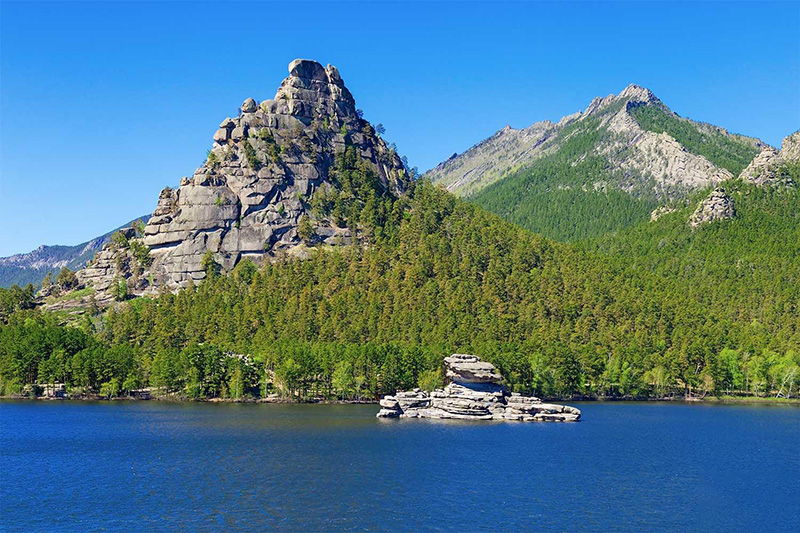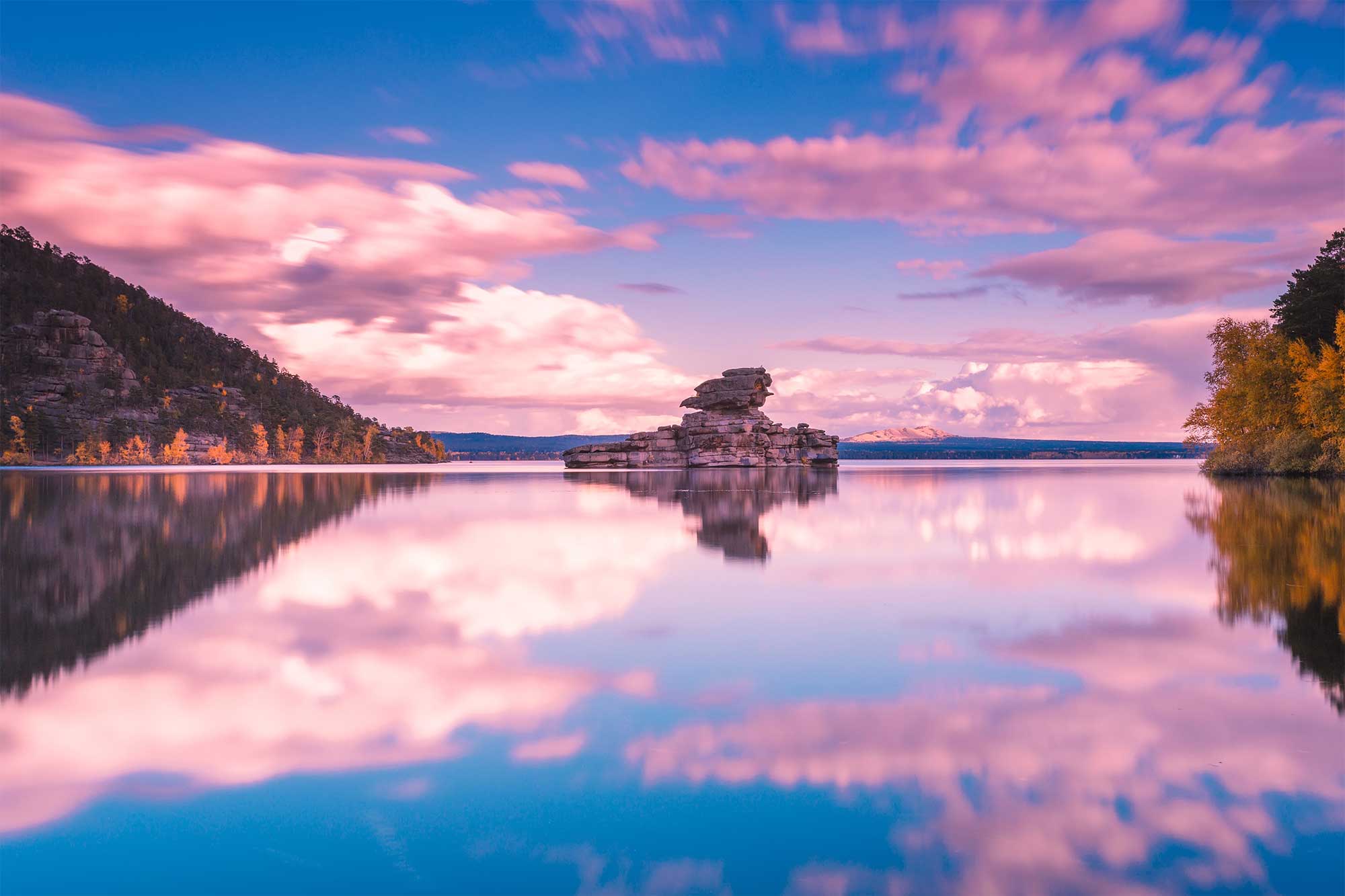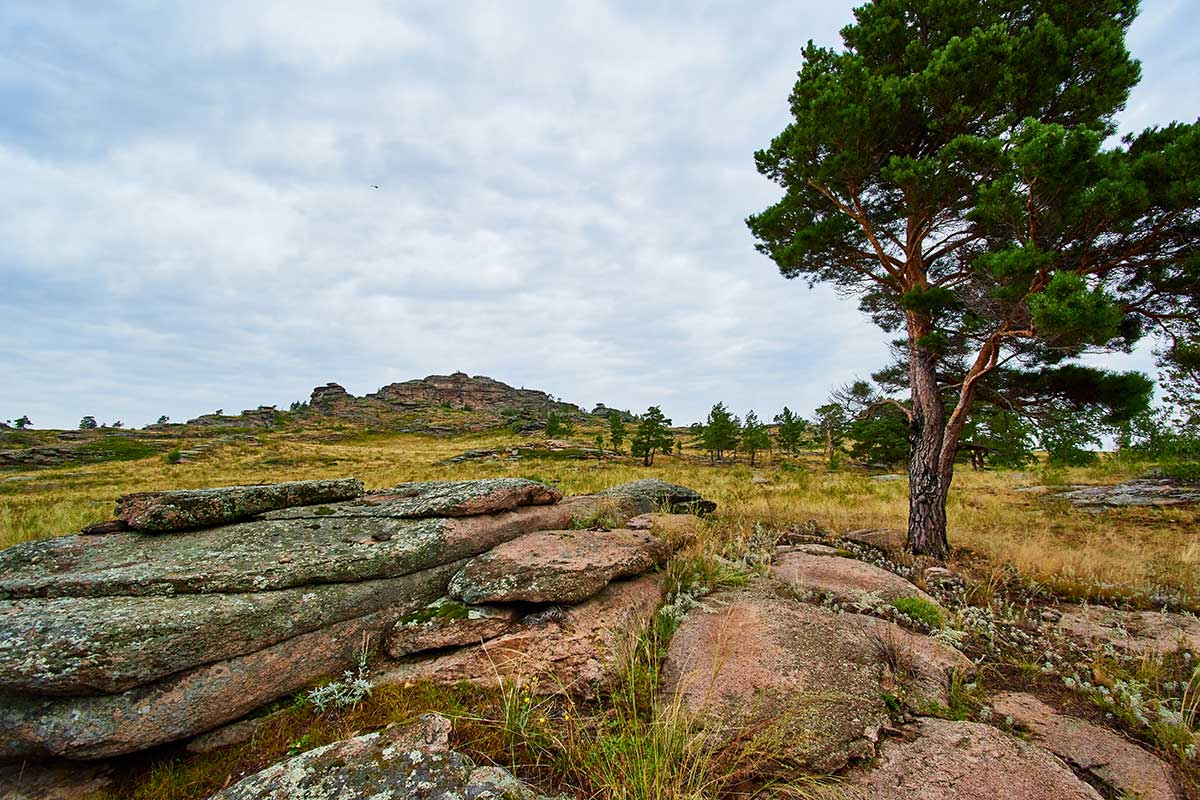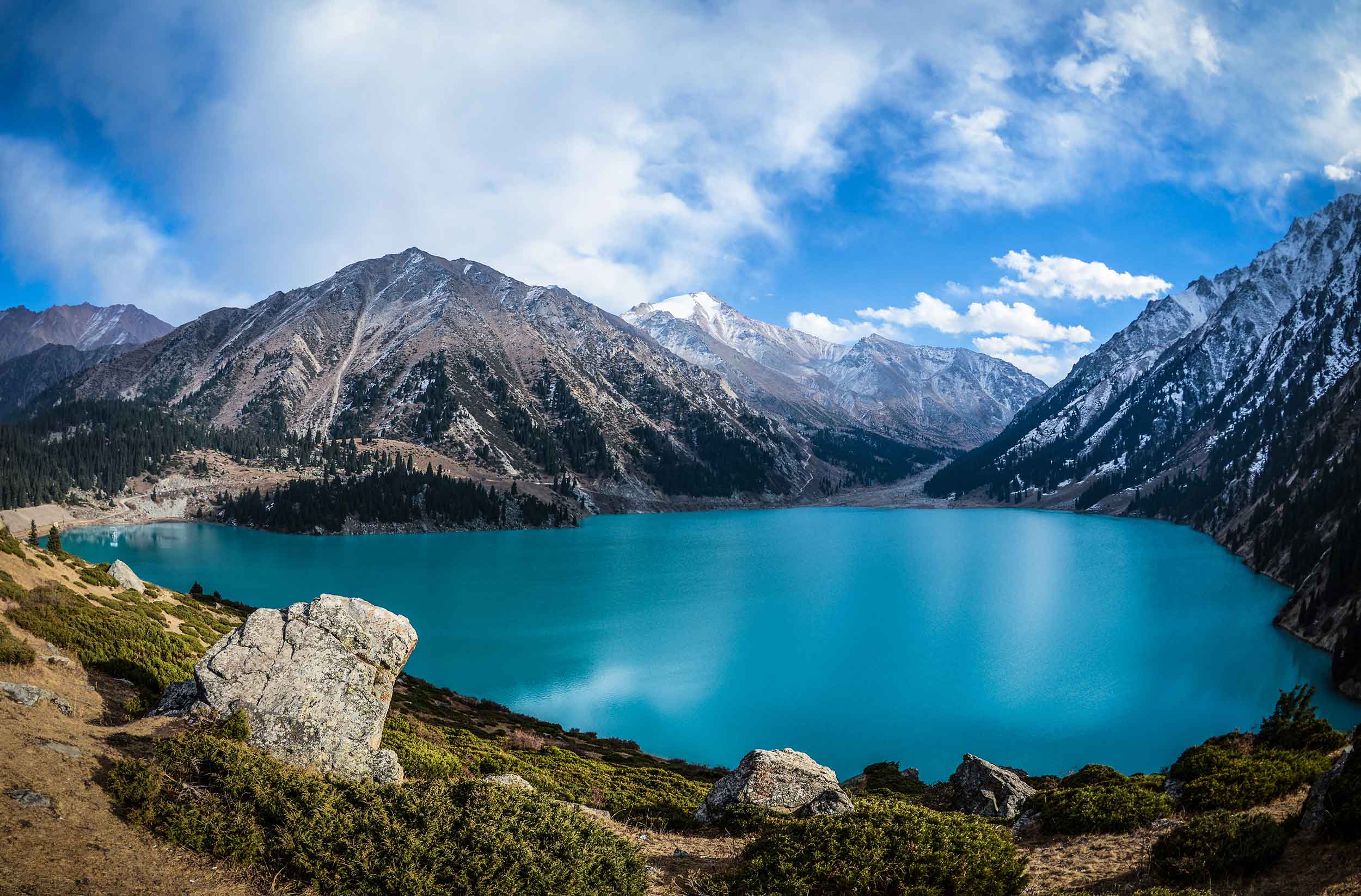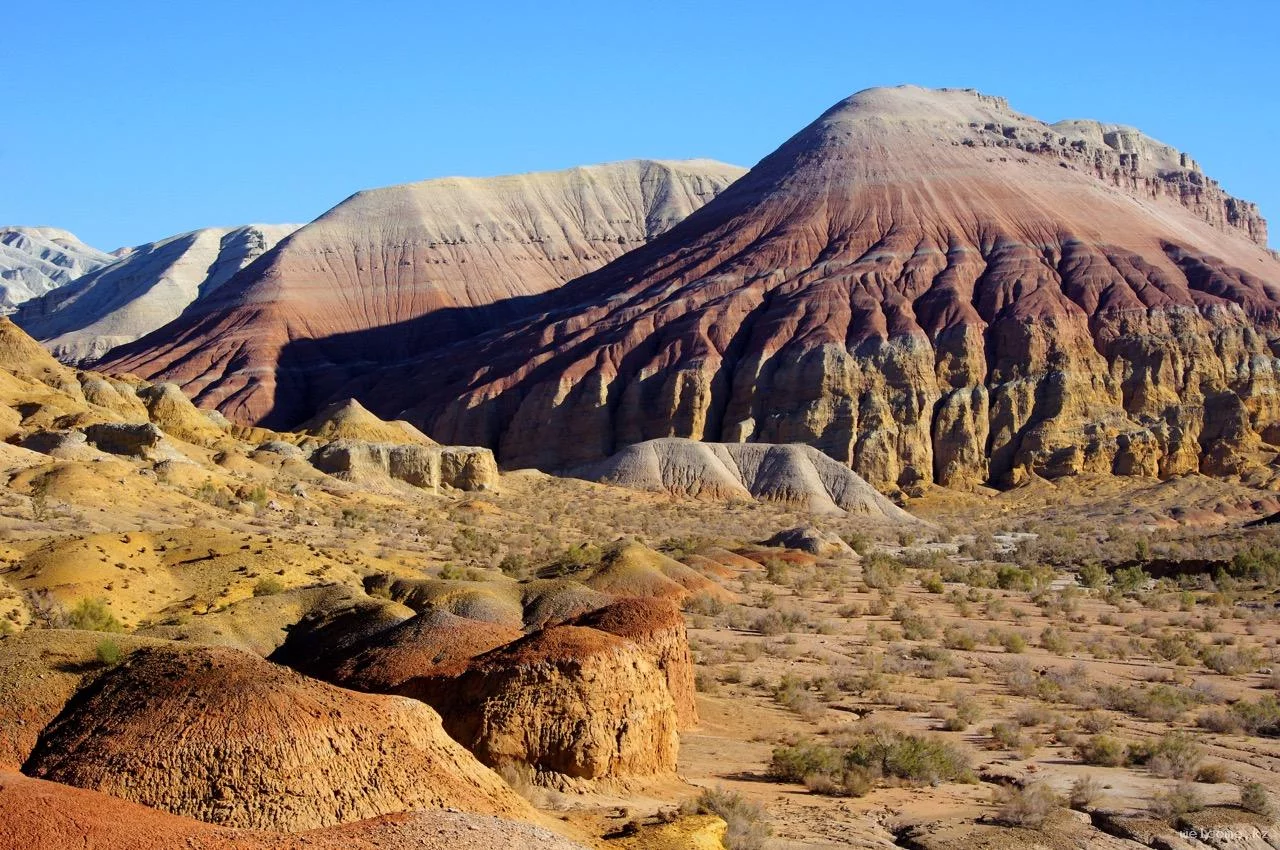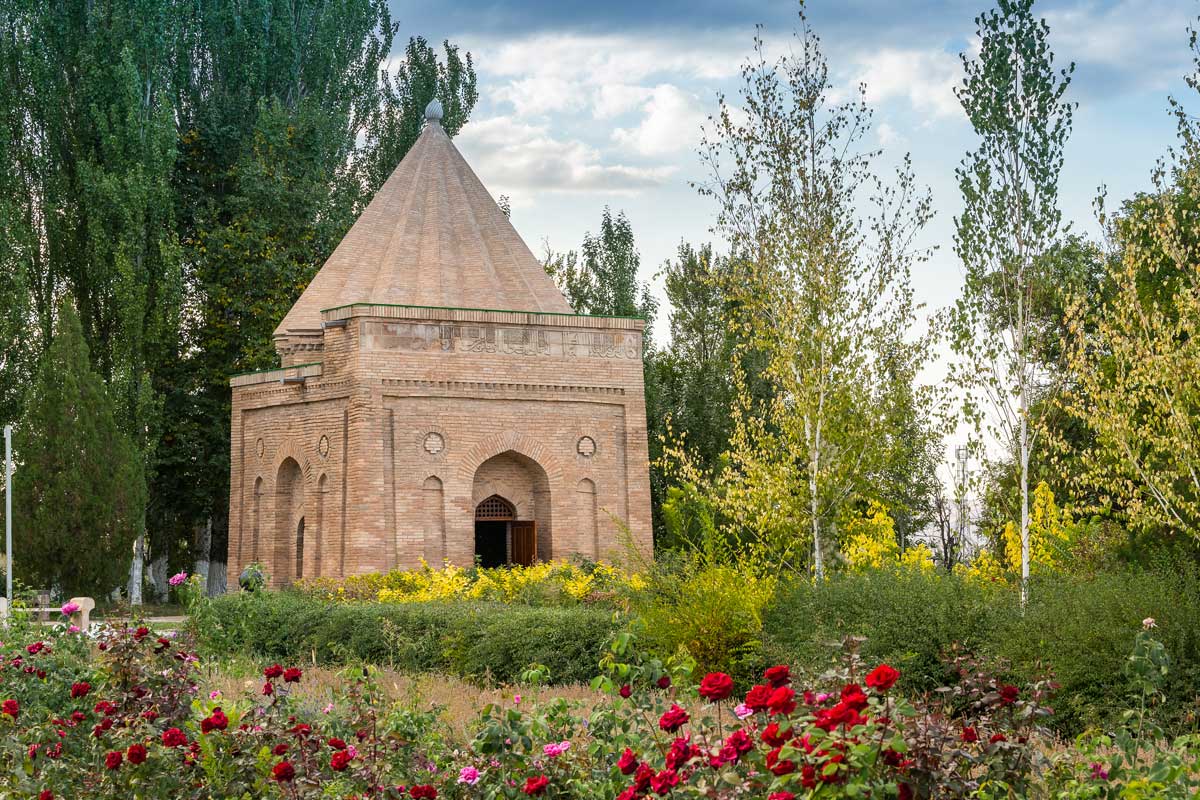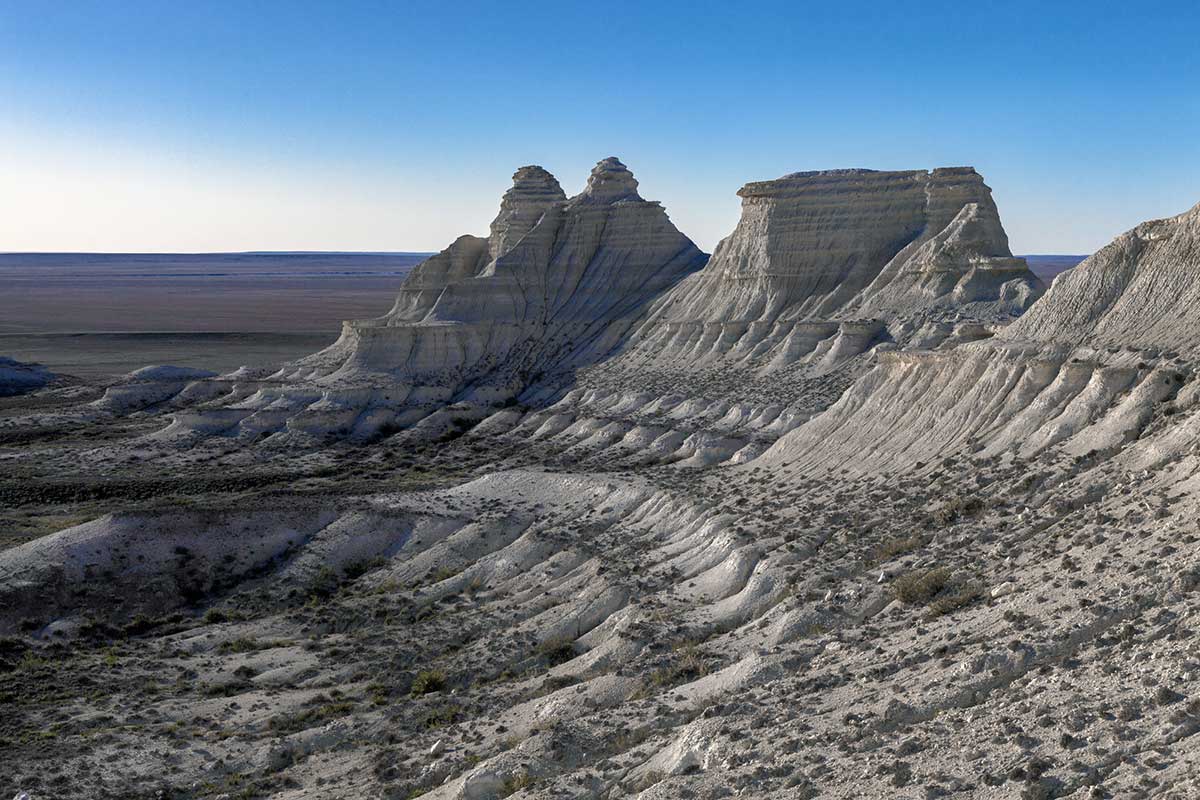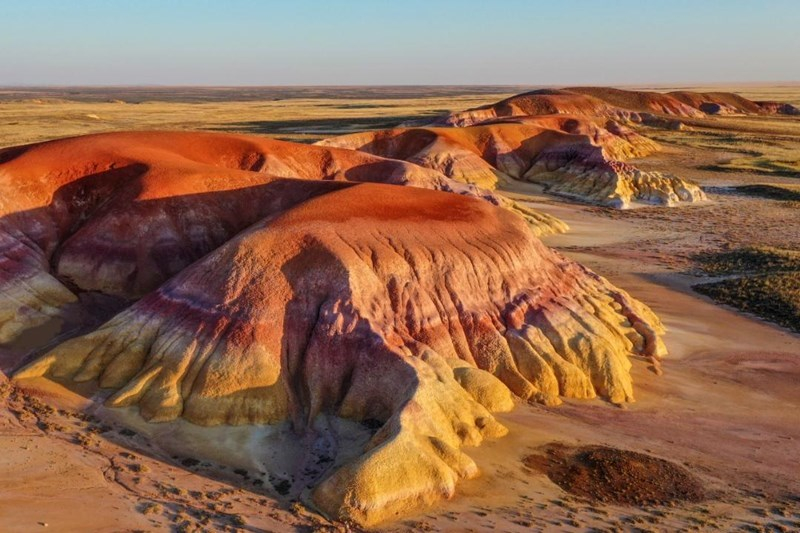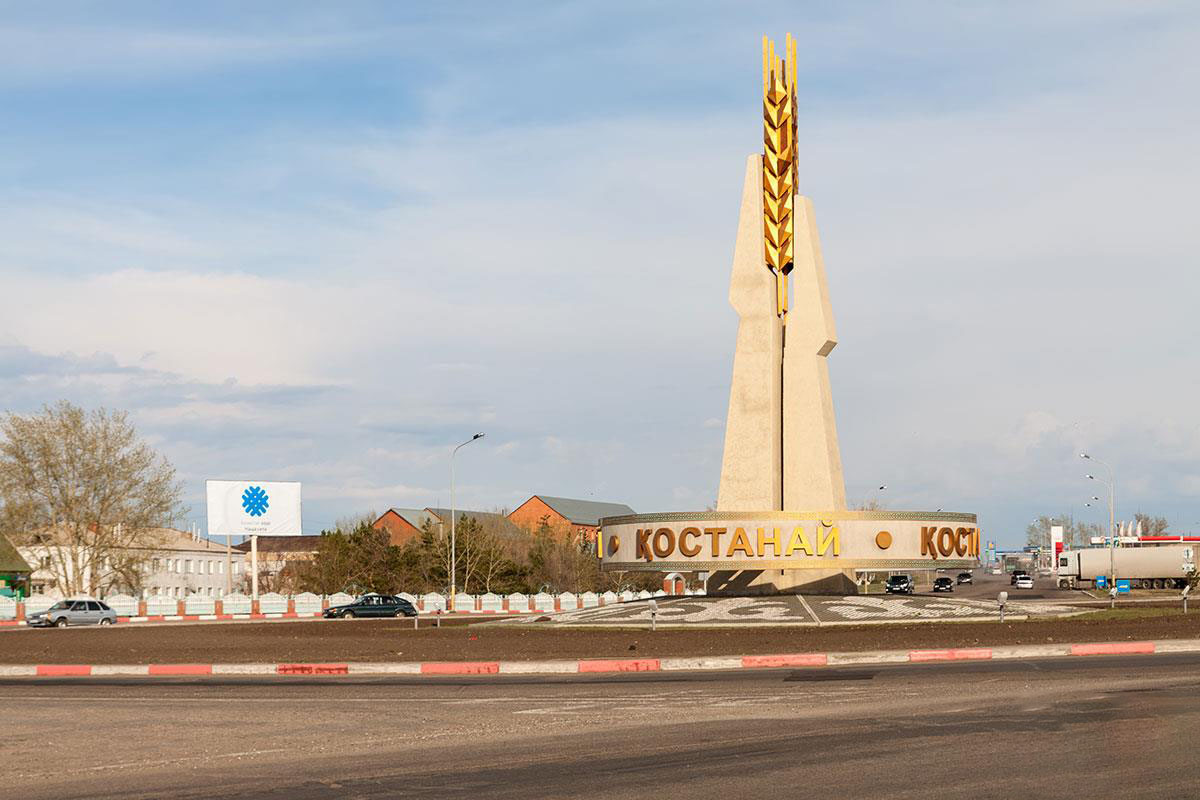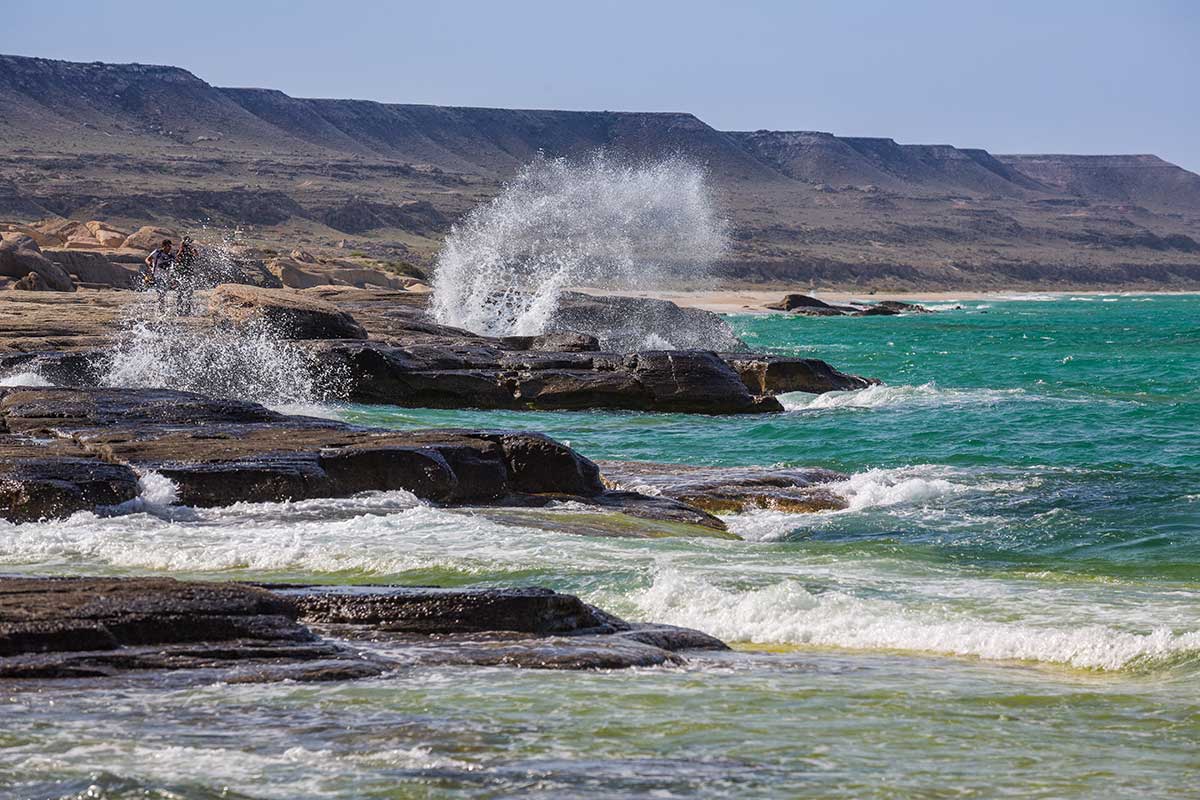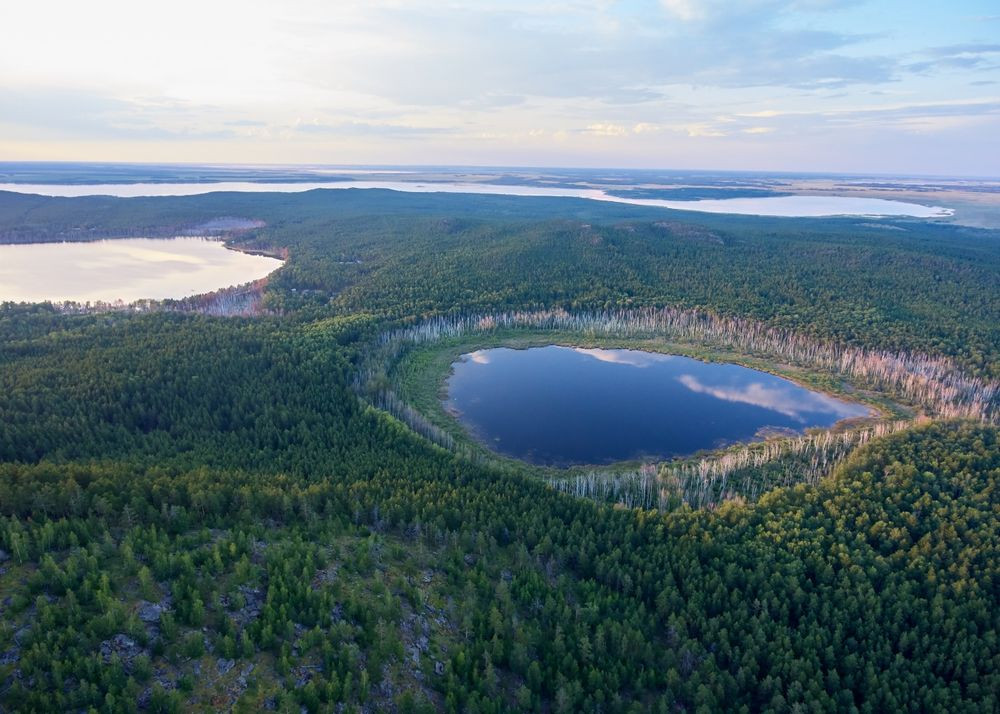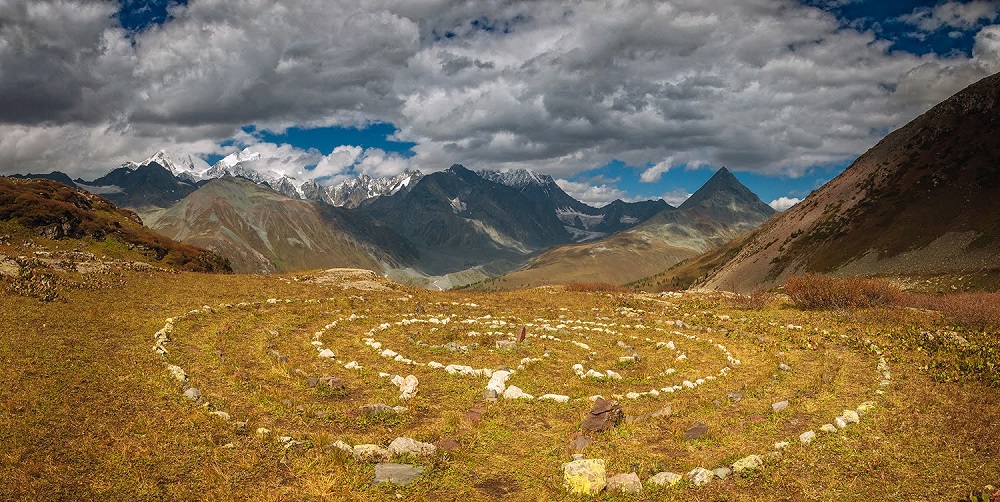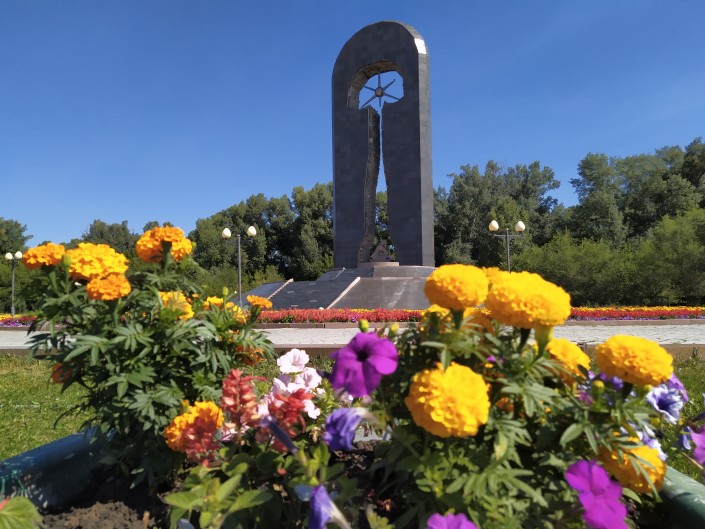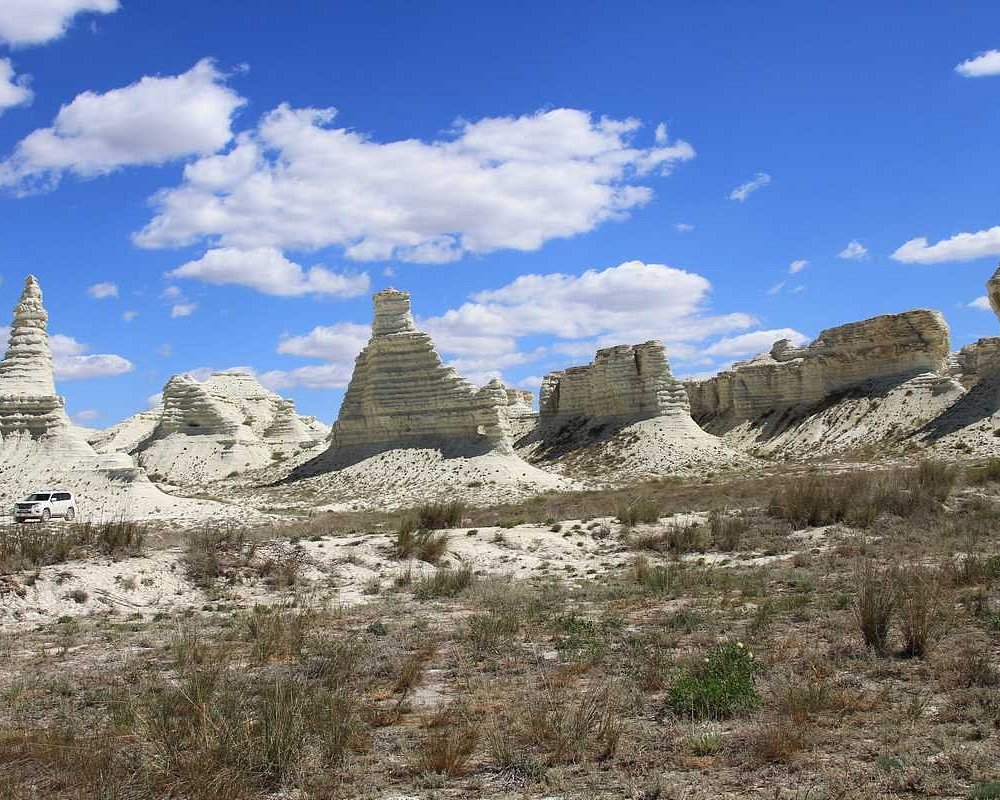Traditional Orteke Art: A View from Tolganai Khasen
In the digital age, the traditional Kazakh art of the dombra is gaining new momentum and reaching a wider audience. At the forefront of this movement is Tolganai Khasen. She combines the familiar sound of the dombra with modernity, helping to popularize the art form among a wider audience, in part through social media promotion. A musician, teacher, and artist, Tolganai confidently blazes a trail between tradition and modernity.Tolganai was born in Kostanay. She currently lives and works in Almaty, continuing her creative work. She is a graduate of the Kurmangazy Kazakh National Conservatory and holds a Master of Arts degree. Tolganai currently performs with the Ak Zhauyn State Chamber Orchestra of the Suyunbai Almaty Regional Philharmonic, whose artistic director is kuishi composer Seken Turysbekov. She also works at the Almaty Museum Association, where she shares her knowledge of the intricacies of national art with the younger generation. Tolganay's video projects, in which she presented the art of dombra and orteke in a new format, have garnered millions of views and sparked interest in traditional music among young people. We spoke with the talented artist about the present and future of national art, the orteke phenomenon, and her creative journey.– How did you first encounter the art of orteke? What inspired you to choose this field?– When I was teaching dombra lessons at school, I bought an orteke doll to raise students' interest in national music. The children were overjoyed. That was my first encounter with this art.Later, I was invited to perform for tourists at the Ykhlas Museum of Folk Musical Instruments. The orteke doll, a valuable museum exhibit, was used there. When I posted the video of the performance on TikTok, I never imagined it would receive such a wide international response. The video has since garnered over 5 million views and remains popular on international platforms. Today, orteke art is attracting worldwide attention. I receive letters from international audiences, and I receive invitations to participate in international projects. Over the past six months, I have participated in a number of domestic and international events, performing orteke. I believe this, however small, is a contribution to the popularization of national art.For example, in Almaty, for City Day, I organized street performances on Arbat Street, observing audience reactions and conducting creative experiments. It was then that I clearly saw the powerful impact of orteke dancing and the sound of the dombra, evoking genuine emotions. At that moment, I was finally convinced of the need to develop this field professionally.My most recent trip abroad was to participate in the international Rasta – Old Doha Port Art and Music Festival, held in Doha, the capital of Qatar. It was an honor for me to present orteke art there. Kazakh national art resonated with the hearts of thousands of spectators. Words cannot describe their emotions and attention. The most frequent question I was asked was, "What country are you from?" Audiences highly appreciated both my art and my stage persona. It was in moments like these that I realized that art knows no boundaries. I also noticed a spiritual similarity between my orteke and the majestic oryx, the symbol of Qatar. Both images embody freedom and a connection with the primordial power of nature. This is a vivid manifestation of cultural harmony and spiritual affinity. It seemed as if the dancing gray stag of the Kazakh steppe and the sacred white antelope of the Arabian Peninsula had merged into a single image.After such projects, my desire to bring national art to the world stage grew even stronger.– How do you see the harmony between the dombra and the orteke? What is unique about this art?– The art of the orteke can be considered one of the first musical animations in the world. In the age of digital technology, the "animation" of a simple wooden doll to the sound of the dombra cannot leave the audience indifferent. Its main characteristic is the absence of any technical devices: the image is brought to life solely by the skill of the performer and the sound of the national instrument.If kuy is an art perceived by the ear, then orteke is its visual representation. The viewer not only hears the music but also observes how it transforms into movement. It is a form of syncretic art with a complex effect on perception.In the Kazakh worldview, the guardian of the rocks symbolizes freedom, heights, and spiritual elevation. The very fact that orteke "comes to life" to the dombra speaks to how our ancestors integrated the beauty of nature into everyday and spiritual space. This art transports the viewer to a fairytale world: for children, it's an engaging game, and for adults, it's an opportunity for deep philosophical reflection.– What technical and creative challenges do you encounter when working with puppets?– For the viewer, it may appear as a light and graceful spectacle. However, for the performer, orteke is a complex art form that requires a high level of professionalism. Manipulating a single puppet is a distinct skill, but leading three ortekes at once is like conducting an entire ensemble with a single finger.Not every kui is suitable for ortekes. Tempo, rhythmic precision, and the performer's inner intuition are crucial. Furthermore, it's essential to fully express one's stage presence, combine artistry and charisma, and hold the audience's attention. All of this requires considerable effort and constant internal preparation. Showmanship and musical improvisation also play an important role.– What preparation is needed to precisely synchronize the ortekes' movements with the dombra's melody?– Not every kui is suitable for ortekes. Pieces with a clear rhythmic structure that reveals the puppet's dance are needed. For example, the folk kui "Salkuren" or improvisations with a similar rhythm are ideally suited to the nature of ortekes.– How do you rate the interest of today's youth in the art of ortekes?Any art, if properly promoted and adapted to the demands of the times, inevitably finds its audience. I've performed orteke at various concerts and in educational institutions. From experience, I can say that young people's interest in this art is truly high.- What pieces are particularly relatable to you when performing a musical number with orteke?- I most often perform the song "Kara Zhorga" and try to improvise, adapting to the orteke's movements. During my performance, it's important for me to sense the audience's mood and the energy of the hall.- Have there been any memorable reactions or comments from international audiences?- I've received a lot of messages through social media. Audiences from Vietnam and Qatar have written that they want to come to Kazakhstan specifically to see this art in person. Turkish photographers have also offered to come to Almaty and do a photo shoot with orteke. In general, I often hear the wish, "We want to come to your country and see your art with our own eyes."- What are your plans and dreams for the future?If I have the opportunity and support, I'd like to travel to many countries with my dombra and orteke and participate in cultural projects and concerts. I also plan to participate in public initiatives aimed at promoting national art. I want the doors of the world to continue to open. The creative euphoria I felt after returning from Qatar still lingers.

